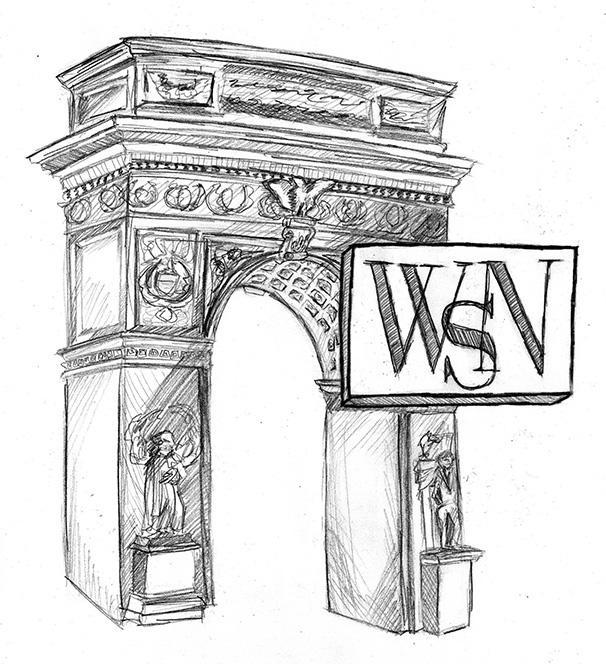Yesterday, New York State’s ban on single-use plastic bags officially went into effect. It was implemented after the state legislature voted to include the ban in this year’s state budget. New York is currently only the second state to have a state-wide ban, as California implemented one in 2016.
According to the Center for International Environmental Law, the constant use of plastics “leach toxic additives, such as through domestic dust and from food packaging into food.” The CIEL also wrote that two-thirds of plastics that have been produced remain in the environment in the form of nanoparticles and microfibers. Removing even a small amount of these toxins from the everyday lives of New York residents is crucial to cultivating a safer and healthier environment.
Currently, plastic bags constitute approximately 12% of plastic waste in America. It is estimated that Americans use 100 billion plastic bags a year, most of which are never recycled. Banning plastic bags can help to decrease this number. One study found that after California banned single-use plastic bags in 2016, the state experienced a 71.5% decrease in plastic bag consumption. This sharp decrease in plastic bag use shows that banning plastic bags can have a significant impact on plastic consumption.
Small efforts like the plastic bag ban are important steps in dealing with environmental issues like climate change, especially considering the fact that New York State residents use 23 billion plastic bags annually — the U.S. collectively uses 500 billion single-use bags. Decreasing plastic consumption through these kinds of efforts is crucial to bettering the everyday lives of residents.
However, New York’s version of the plastic bag ban is not substantive environmental stewardship. While it seeks to tackle one of the most important issues affecting residents, it fails to do so because it doesn’t take into account the most basic problems related to the topic.
The various loopholes in New York’s plastic bag ban show this. Plastic packaging used to wrap meat or wrap prepared food and for restaurant takeout are still allowed. Plastic bags that are meant for garments, newspapers and garbage are allowed as well.
The law also permits the use of single-use paper bags but they have also been linked to significant environmental harm. Although paper bags are basically made from trees, research from the Northern Ireland Assembly has found that creating a paper bag takes four times the amount of energy it than to create a plastic bag from oil. A recent study found that a paper bag would have to be reused at least three times in order for its environmental impact to equal that of a plastic bag used once.
The fact that the ban doesn’t prohibit thicker plastic bags is problematic as well. While it includes bags that are less than ten mils thick (a mil is one-thousandth of an inch), the ban considers bags that are ten mils or thicker to be reusable, and allows retailers to hand these thicker plastic bags out for free. However, organizations like Big Reuse, Green Park Gardeners NYC and Food & Water Action have voiced concern over these thicker bags, arguing that they are still plastic and as such, contribute to plastic consumption and are likely to worsen the problem, rather than help.
It is important that New York is paying attention to the environmental crisis. But passing legislation that allows consumers to simply change what kind of disposable bags they use — rather than banning disposable bags entirely — shows New York wants to look like they care about the environment without actually tackling the underlying problem of reducing waste and environmental impact.
A version of this article appeared in the Monday, March. 2, 2020 print edition. Email the Editorial Board at [email protected].























































































































































